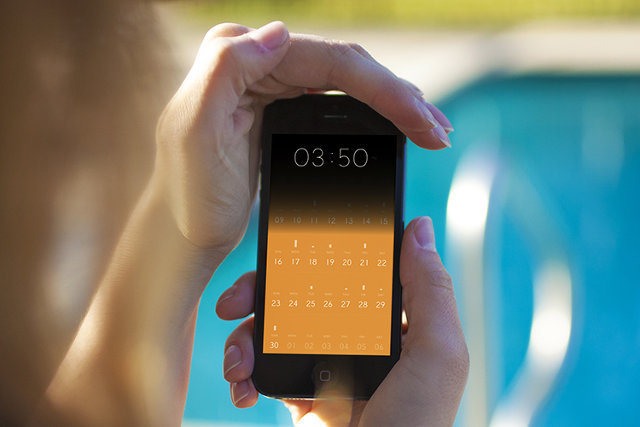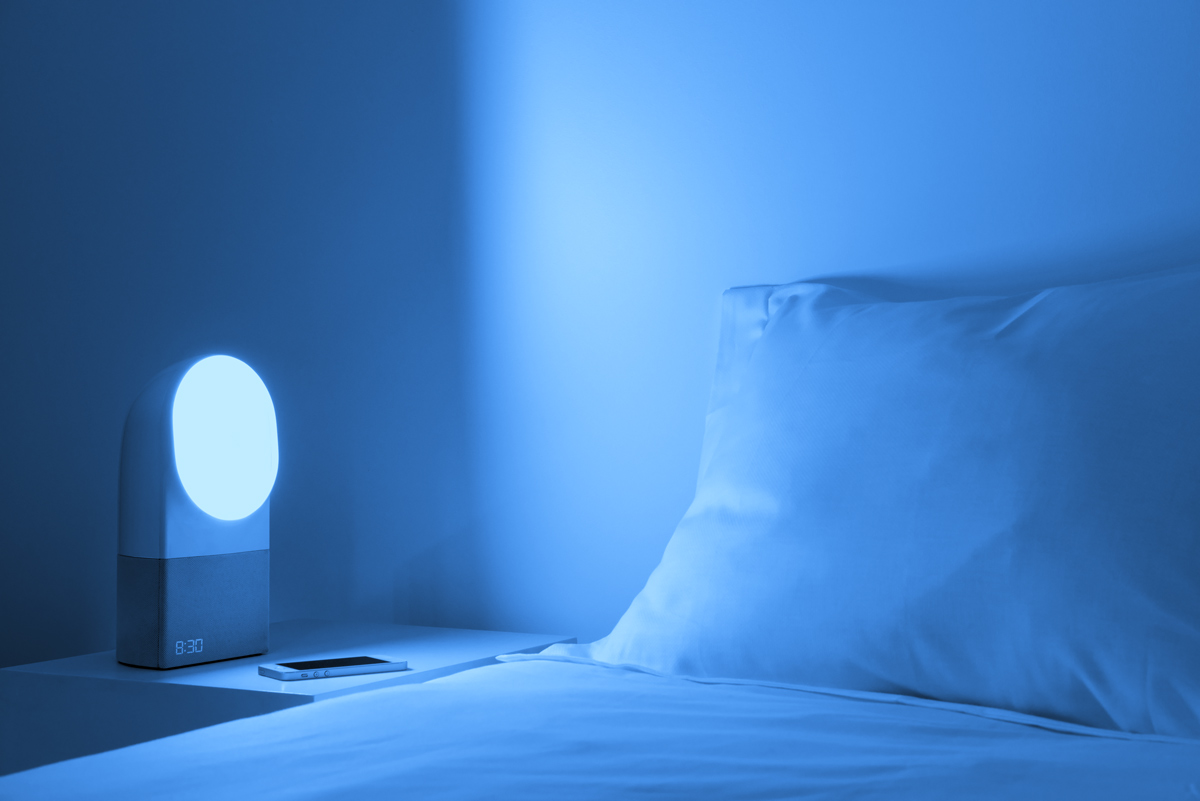Jonas Norberg built two great products that nobody used. The first was the award-winning Pacemaker, a wonderfully nerdy beatmaking gadget that cost $850. The second was a tablet app for DJing, but Norberg chose the wrong partner to launch with — the BlackBerry Playbook. After being booted out of his own company and then buying it back, Norberg is trying once again to make a dent in the world — but this time, he picked a better partner: Spotify. Pacemaker for iPad, a new DJ app, launches today with exclusive access to Spotify's massive streaming music library, and the ability to play two Spotify songs simultaneously for the first time.
Pacemaker is a free app entering a crowded market of premium DJ apps like Djay and Traktor. Most of these apps use clever touch interfaces and a laundry list of features to appease both pros and amateurs, but Pacemaker takes a different approach. "We want to do for music what FiftyThree did for drawing on the iPad," Norberg says. What he means is that anyone can pick up Pacemaker and use it, without having any prior DJ skills, and without needing to own a giant library of hot tracks to mix. If you plug in your Spotify credentials (or sign up for a free trial inside the app), you're instantly granted access to Spotify's 20 million-track library of songs.
I was nervous when Norberg handed over his iPad and asked me to play it, having no prior experience, but after a few minutes of tapping around I felt pretty comfortable scratching, adding loops, and setting cues in my mix. Pacemaker’s unique radial interface finds an excellent balance between simplicity and feature bloat, offering up to eight effects like Bass and Treble, as well as a few beat pads for looping and beat-skipping. Each of these effects and adjustments are operated the exact same way — using the spin of your finger on a circle, just like with the original Pacemaker gadget. Its color palette is friendly and inviting, while its Sync button made sure my tracks never stuttered when I switched between them. The app even manages a few power-user features of its own, like a memory that records cue points you’ve set up in your most-used tracks.
As I played around with the app, I quickly realized that it wasn’t really competing with the likes of Traktor and Djay, the two industry leaders for tablet DJ software. Pacemaker was instead offering up a new kind of DJing experience that most people could have fun with without getting tripped up in settings menus and synthesizers. Traktor and Djay offer an outstanding array of features, but to an amateur like myself, they can be stifling and sometimes overwhelming. Half the battle is also amassing a big library of great tracks — another problem that Pacemaker solves with its Spotify partnership.
PACEMAKER FOR IPAD SCREENSHOTS

"DEMOCRATIZING DJING WAS SOMETHING WE’VE ALWAYS BEEN STRIVING FOR."
The app is reminiscent of iPhone mixer Figure in its approachability, and with the addition of Spotify integration and no price tag, Pacemaker is an easy recommendation to anyone interested in DJing. Pacemaker, like FiftyThree’s Paper, offers a set of effects to start you off, but also offers an array of upgrades in a "try before you buy" store that’s a near carbon copy of FiftyThree’s. But as with Paper, you can do a whole lot without buying any of the extra effects the app offers for $1.99 each, like Reverb, Roll, Echo, Loop, and Hi-Lo, and Beatskip. I wasn’t entirely sure what all of these effects did to my music, but they were all fun to play with — and thanks to the app’s consistent interface, it was easy to mess around with any of them and feel cool doing it. "Democratizing DJing was something we’ve always been striving for," says Norberg. "We have a free app that’s really easy to get into — and now the final barrier is removed by having Spotify integration."
Source: http://vrge.co/1fJ3vSS






















